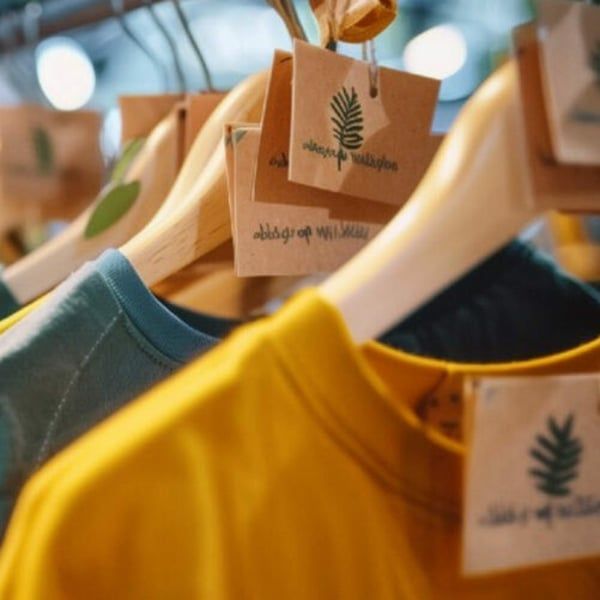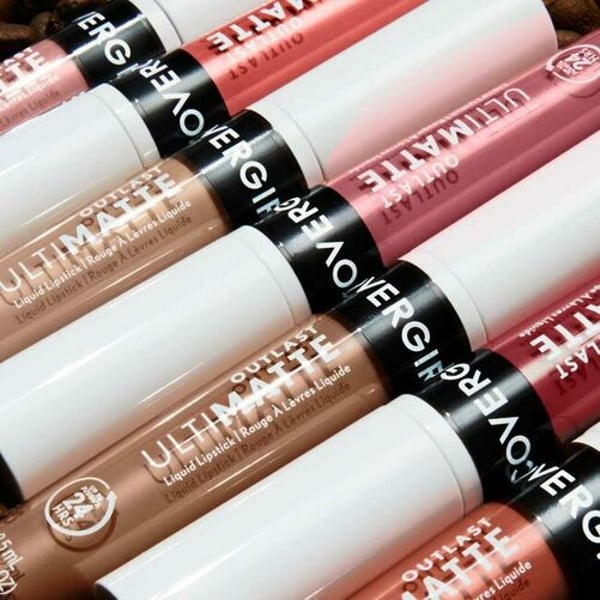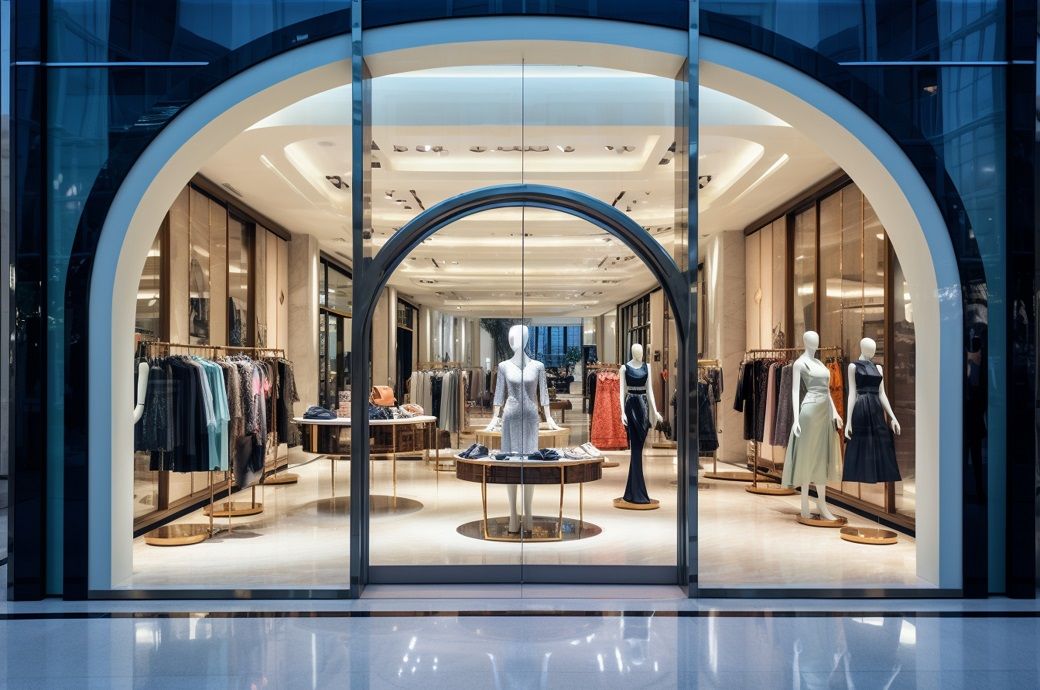Translated by
Nicola Mira
Published
July 3, 2024
In France, Italy, Germany, the United Kingdom and the United States, young consumers have high expectations of sustainable fashion, but also a unique perception of what it entails, according to a study presented on Tuesday 2 July at the Première Vision Paris trade fair.
The Institut Française de la Mode (IFM) and Première Vision conducted a survey of 1,200 consumers aged 18 to 65 in the five countries mentioned above. The study showed that young consumers' attitudes are different from those of the general population, and that attitudes differ between consumers aged 18 to 24 and those aged 25 to 34.
Among 18- to 24-year-olds, sustainable fashion is primarily defined in terms of environmental protection, with materials being only a secondary issue. Among 25- to 34-year-olds, on the other hand, materials are the main element of sustainable fashion, ahead of environmental concerns. The two age groups largely agreed on socially responsible manufacturing and safety at work, which they ranked third and fourth respectively in their responses.
Among 18-24 year-olds, 58.1% of Italian respondents and 65.7% of British respondents (the figures for the other three countries are somewhere in between) bought a sustainable fashion product for themselves in the past 12 months. Among 25-34 year-olds, the figures ranged from 46.5% of American respondents to 59.6% of German respondents. Looking at each country, these percentages were consistently higher than for the population as a whole. The same can be said for products purchased for family members.

What about consumers who have not purchased any sustainable fashion products in the past 12 months? Price was the main reason given by French respondents (41.3% of them) and German respondents (39.4% of them). Among respondents from the United Kingdom and the United States, lack of information was the main reason, given by 37.4% and 34.5% respectively. Among Italian respondents, the predominant reason (for 33.8% of them) was not knowing where to find such products.
The role of second-hand fashion
The relationship between sustainability and second-hand fashion was also explored. In the past 12 months, 54.3% of French respondents (compared to 41.6% the previous year), 44.6% of Italians (39.6% the previous year), 47.7% of Germans (36.4% the previous year), 59.8% of UK respondents (45.8% the previous year) and 62.2% of US respondents (55.8% the previous year) purchased at least one second-hand item.
Buying second-hand goods is a much more established practice among younger consumers. In the 18-24 age group, the proportion of those who bought second-hand goods ranged from 66.2% among German respondents to 81.5% among French respondents. In the 25-34 age group, the proportion ranged from 57.6% among Italians to 76.1% among French respondents. In all countries, price was the main motivation for doing so, ahead of sustainability.

As for new or second-hand products, price was the main purchasing criterion for French (34%) and British (31.2%) respondents, while quality ranked first for Italians (37.1%), Germans (33.3%) and Americans (31.4%). The second criterion was style, followed by ethical and environmental considerations, whose share ranged from 9.5% for Americans to 14.6% for Italians. It should be noted that brand attractiveness only ranked fifth, and this in all the countries surveyed.
“These are rational consumers who, even if they like a brand, do not blindly trust it and tend to form their own judgement on the quality of the product,” Gildas Minvielle, director of the IFM Economic Observatory, told FashionNetwork.com.
What do consumers expect from brands?
When respondents from different age groups were asked about the values they primarily want to reflect through their clothing, they responded differently. In France, Italy and Germany, respondents said they choose to dress primarily according to their individual taste, without reflecting specific values. Respondents from the UK and the US said they mainly look for casual products that suit their personality.
In all countries, environmental impact ranked third as a consideration, ahead of promoting ethical and inclusive practices. But this was not the case among young consumers. In France, ethics and inclusion were the top criterion for 18-24 year olds, while environmental impact was almost the top criterion for 25-34 year olds.

Similar differences in attitude were found across age groups regarding expectations about favourite brands. Regardless of age group, respondents from all countries placed product quality and sustainability at the top of their list of expectations, except in France, where they prioritised accessibility. But younger consumers once again expressed specific preferences. For example, in France, 29.8% of 18-24 year-olds expected diversity and inclusion. And 31.8% of 25-34 year-olds expected authenticity – in other words, consistency between a brand’s narrative and its actual product range.
Copyright © 2024 FashionNetwork.com All rights reserved.












